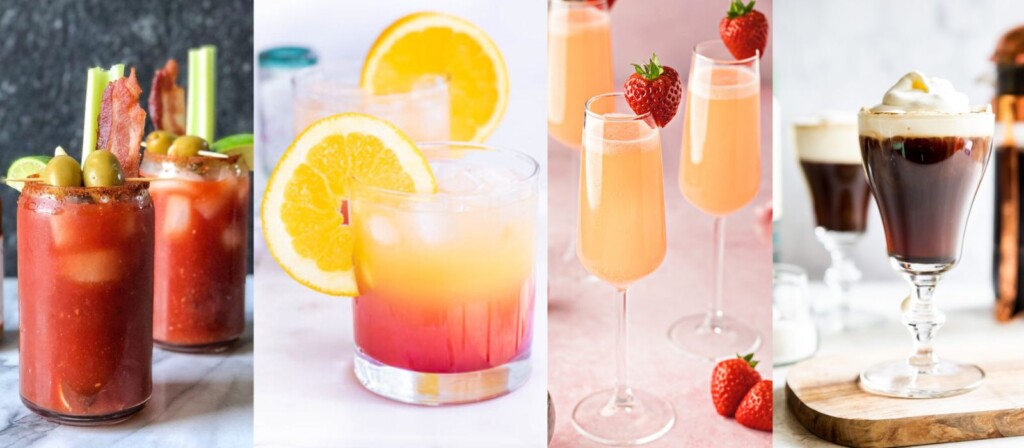Disclosure of Material Connection: Some of the links in the post above are "affiliate links." This means if you click on the link and purchase the item, I will receive an affiliate commission. Regardless, I only recommend products or services I use personally and believe will add value to my readers. I am disclosing this in accordance with the Federal Trade Commission's 16 CFR, Part 255: "Guides Concerning the Use of Endorsements and Testimonials in Advertising."
Imagine with me, if you please. It’s evening. The smell of umami and something slightly charred wafts through the air. Maybe it’s a special occasion, or maybe it’s an ordinary Tuesday night. You’re about the tuck in to a steak – a hunk of something delicious cooked just right. Your hand reaches out for a glass, something that will complement this treat but not pull from its flavor. If you’re looking for the best wines for steak, here’s what you’ve got to know.
So, what’s in the glass?
Pairing wine and steak doesn’t need to be complicated. A little bit of knowledge about both steak and wine can go a long way toward making sure each sip and bite combine to create a delicious experience. Follow these simple tips and you’ll never have to worry about what to pour with your steak again.
Related: Before you pour it up, make sure you’re using the right aerator for your red wines!
Advice on Pairing the Best Wines for Steak
There is a widely accepted saying in the wine world, what grows together goes together.
Simply put, this means that foods that are grown in any given wine region will go well with the wines that region produces. It might be because they share a similar climate, or because growing in the same soil brings them together in some way, or because over time people used trial and error to figure out what tasted good together and created a tradition of growing those things. Whatever the genesis, it’s a trusty guiding principle for wine pairing.
Tenderloin
Also called a filet mignon or chateaubriand, the tenderloin is the rolls royce of steaks. It’s cut from the interior, meaning it’s a muscle that isn’t worked very hard. Because of this it tends to be very tender, buttery, and mild in flavour.
Because of its mild flavour, the tenderloin doesn’t need a big wine. Lower tannins will match the mild flavour and high acidity will pair perfectly with the butteryness that makes a tenderloin so delicious.
Consider opening a bottle of Beaujolais, a pinot noir from the Burgundy region of France, a valpolicella from Italy, or a merlot from just about anywhere. These are all lower tannin, higher acidity wines that will go well.
New York Strip
Next door to the tenderloin is the New York Strip, or top sirloin. It’s a step up from the tenderloin in terms of beefy flavour, but it’s balance of meat and fat make it pretty middle of the road compared to other steak cuts. Call it the Goldilocks steak if you want.
A sweet-spot steak like this deserves a great sweet-spot wine to match. Not too aggressive, not too tannic – nothing that will stand in the way of your enjoyment.
Try a bottle of cabernet franc (either from the Loire region of France or the Niagara region of Canada), a merlot from South Africa, or an Italian Chianti.
Porterhouse
Also known as the T-bone, this steak’s t-shaped boning makes it distinctive but also tricky. This steak is a combination of tenderloin on one side and New York strip on the other side. One side is buttery and tender and the other side is beefy and juicy. Best of both worlds or challenging to cook and pair? You decide!
The combination of beef and tender means the Porterhouse keeps you on your toes, and calls for a wine as interesting as it is. Consider pairing it with the toasty vanilla of a California cabernet sauvignon or a smoky and robust Chilean carmenere.
Ribeye
Moving into the ribcage means getting to know the ribeye. This cut tends tends to have quite a bit of fat marbling and is another muscle that doesn’t get a lot of use, which means it’s super tender, and juicy. Unlike the tenderloin, which is tender but mild in flavour, the ribeye is tender and also beefy. Everything about the ribeye is amped up to 11.
A flavourful steak like this deserves a wine to match. Assertive wines like an Argentinian malbec, Australian shiraz, French Bordeaux, or Italian aglianico would stand up to the juicy beefiness of a ribeye and have you reaching for your glass and your fork in equal measure.
Bonus – Non-beef Steaks
I know what you’re thinking, “This is great and all, but what if I don’t like beef?”.
Don’t worry, I’ve got you covered.
Pork Chops
Mild, lean, and happy to take on other flavours, the humble pork chop is a great steak alternative. Pair it with the high acidity of a dry riesling or pinot gris from the Alsace region of France, or the mellow brightness of a sauvignon blanc from the Loire.
Portobello Mushroom Caps
With its dense texture and earthy flavour, a portobello cap is a classic vegetarian alternative to a beef steak. A pinot noir will match this earthiness, as will a sangiovese from Italy. A merlot would also be a good match here because of its medium body and lack of high tannins – it will rise to the flavour level of the portobello but won’t overpower it.
Cauliflower Steak
A newer alternative and a bit of a curveball: the cauliflower steak. It has a mild flavour and a slight earthy character hanging out in the background. Pair it with a Chablis or any dry, mineral-forward Chardonnay.







